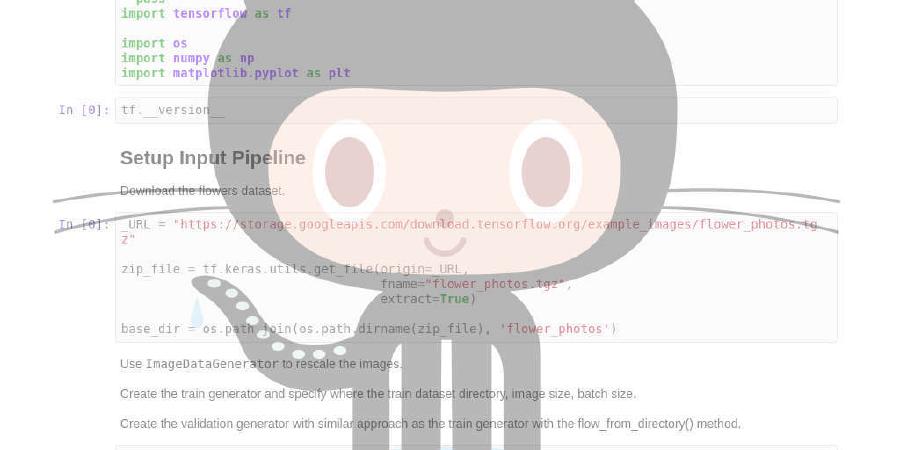1backend/1backend

Run your web apps easily with a complete platform that you can install on any server. Build composable microservices and lambdas.
| repo name | 1backend/1backend |
| repo link | https://github.com/1backend/1backend |
| homepage | |
| language | TypeScript |
| size (curr.) | 2771 kB |
| stars (curr.) | 1904 |
| created | 2017-11-13 |
| license | Other |
1Backend 


1Backend is a platform designed to make deploying, running and maintaining lambda functions/microservices easy.

It enables you to launch a new live app in seconds - after choosing your tech stack (e.g. Go with access to an SQL database) you get an empty app which is already live and callable from the outside (through HTTP).
You just have to plug in your own code (no, you don’t have to write code in the browser). It’s even pre-connected to your database and other infrastructure elements of your choosing.
With the help of a simple DSL, you can even define language-agnostic types and APIs for your services, which are used to generate type-safe clients. These clients are then published on each language’s package manager (e.g. NPM).
Documentation
You can find the documentation here.
What’s supported?
Languages
- Go
- JavaScript (Node.js)
- TypeScript
Infrastructure
- MySQL
Client library generation
- Go
- Angular: an NPM installable Angular service is generated and published on NPM if your service has type definitions.
What’s the state of the project?
It’s very early.
What’s the tech used?
Angular 2, Go, MySQL, Redis.
What’s happening?
For announcements please follow our twitter account.
How can I install it?
A simple one click/single command installation is coming soon, but in the mean time:
Frontend
If you have docker:
sudo docker run -p 4222:80 1backend/frontend
The above means on http://127.0.0.1:4222 you will have the 1backend app available, once the server is also running (see below).
Or if you want to hack on the Angular app:
npm install
npm start
Backend
You need two containers running on your box: a MySQL one and a Redis one. The 1backen flavoured MySQL one has the table schemas loaded into it (available in this file) already.
You can launch the complete sytem with 3 commands:
# Start mysql container. Comes with the database schema preloaded.
sudo docker run -e MYSQL_ROOT_PASSWORD=root -p=3306:3306 -d 1backend/mysql
# Start redis container.
sudo docker run -p=6379:6379 -d redis redis-server --appendonly yes
# Launch the 1backend server with the following command:
sudo docker run -e INTERNAL_IP=$(ip route get 8.8.8.8 | head -1 | cut -d' ' -f8) \
-v /var/run/docker.sock:/var/run/docker.sock \
-p 8883:8883 1backend/server
The above does 3 things:
- passes the host internal network ip as an envar to the container
- mounts the docker socket
You can also mount a config file into the container under the path /var/1backend-config.json.
We haven’t talked about configuration, so let’s do it now:
Configuration
The server container loads configuration from the location /var/1backend-config.json.
Details of the config parameters are
here.
A very basic and working example of such file would be:
{
"SiteUrl": "http://127.0.0.1",
"Path": "/go/src/github.com/1backend/1backend/backend",
}
This is the default config file if you don’t mount a config file to run the 1backend server docker container.
Of course, there are more in depth things to consider…
API generation
Given services and endpoints have type information saved with them (can be set in the UI of each service), we generate client APIs for each service in a number of languages.
To do this we need integration with GitHub.
GitHub
To get the GitHub integration working, you need two things:
- a user who can create repositories in your organisation (only possible through GitHub’s HTTP API)
- an SSH key on the machine and added to a users' GitHub account who can commit
into said repositories (
ssh-keygen -t rsa -b 4096 -C "your_email@example.com"; eval "$(ssh-agent -s)"; ssh-add ~/.ssh/id_rsa). This user must be the one who runs the server - likely root, since root is needed to access docker, unless you configure your machine otherwise.





